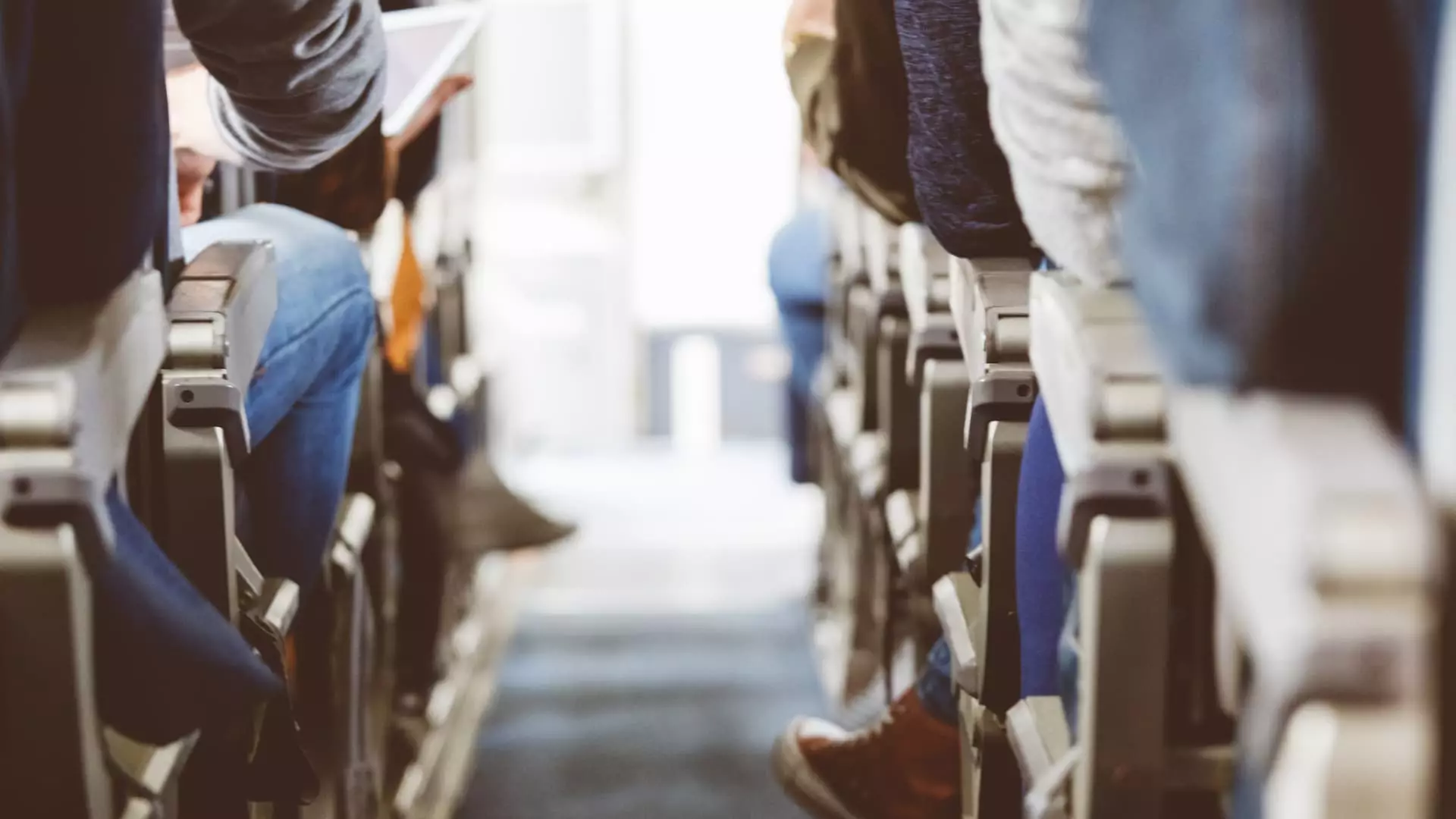Air travel has always come with its own set of challenges, but the act of reclining one’s seat has become a particularly contentious issue among passengers. A recent viral video, part of an ad campaign by La-Z-Boy, humorously showcased the repercussions of reclining one’s seat—inconveniences like spilled drinks, damaged devices, and uncomfortable knees. As more people fly than ever, the once-innocuous act of reclining has transformed into a quagmire of etiquette debates. The accompanying petition, which garnered over 186,000 signatures, urges travelers to “Do the upright thing,” encapsulating a growing frustration with this behavior.
Opinions regarding seat reclining fall largely into two opposing factions. On one side are the advocates of upright seating, who argue that reclining encroaches on fellow passengers’ personal space and comfort. On the other side are those who point out that reclining seats are designed for that very purpose. This polarized perspective leaves little room for compromise, exemplifying broader tensions in shared public spaces, particularly as airline seats continue to shrink in size while average passenger dimensions increase. Moreover, some individuals take a more flexible stance, suggesting that reclining is acceptable on longer flights, especially when one is less likely to disturb fellow passengers.
The Reactions: Survey Insights
To understand the perceptions around reclining, a 2023 survey by YouGov examined attitudes across 18 markets. Findings revealed notable cultural differences where Europeans emerged as the most intolerant of reclining etiquette. Interestingly, the survey also indicated that travelers from the United Arab Emirates exhibited significantly lesser concerns over this practice, highlighting regional variations in comfort and expectations during flights. The comparative analysis provides insights into how diverse cultural norms shape behaviors in shared environments like airplanes.
La-Z-Boy’s marketing strategy cleverly illustrates the cascading effect that reclining seats can have on an airplane. Just one seat reclined can set off a chain reaction, affecting those seated behind, while the last row often becomes the silent witness in this ongoing drama. By promoting their petition, La-Z-Boy not only highlights the discomfort associated with reclining but positions itself as a brand invested in seat comfort—ironic given their own lineage of reclining furniture. The campaign underscores a larger societal aversion to behaviors perceived as inconsiderate in confined public spaces.
Seeking Solutions in the Sky
As this debate rages on, airlines face the challenge of balancing passenger comfort with available space. Possible solutions include design adjustments that provide more legroom and increased comfort without compromising the ability to recline. Some airlines are experimenting with adjustable seat designs that allow for reclining without intruding on the personal space of the individual behind. With traveler expectations continually evolving, addressing the complexities of reclining policies may be crucial for fostering a more amicable flying experience.
The recline debate encapsulates broader societal issues surrounding personal space and etiquette that extend beyond air travel. As the dialogue continues, both airlines and customers must engage in mutual understanding to create more agreeable travel experiences.


Leave a Reply